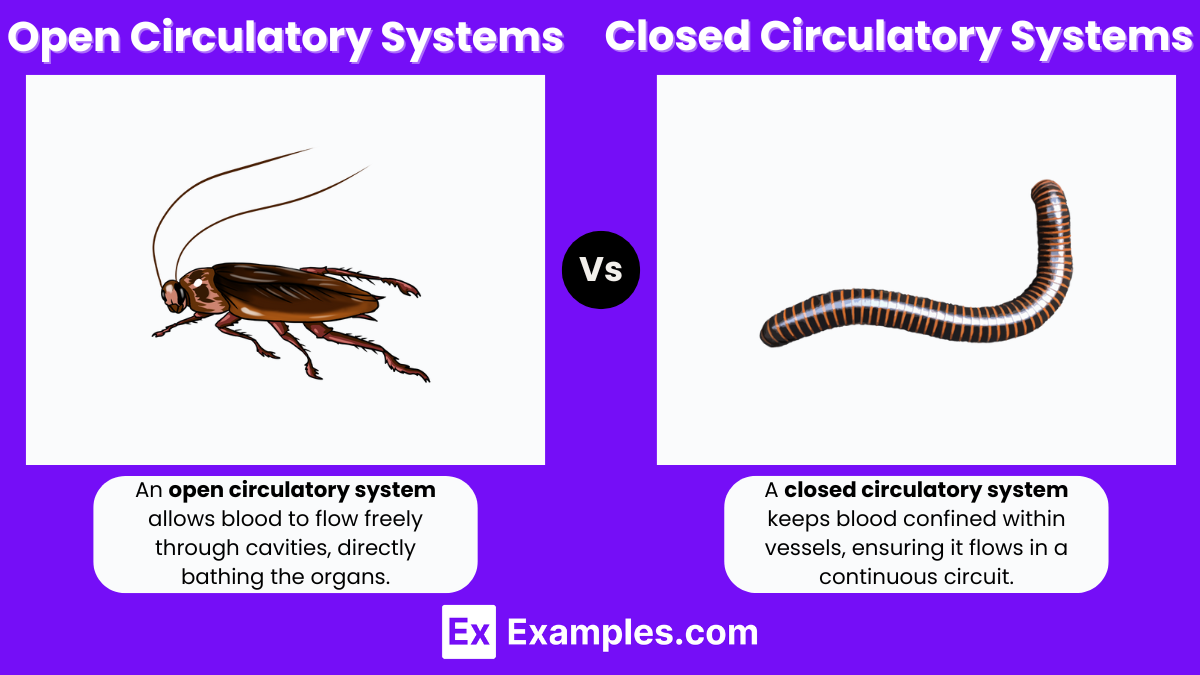Which of the following describes an open circulatory system?
Blood is confined to vessels and circulated through the body
Blood is not contained in vessels and directly bathes the organs
Blood is pumped only to the lungs
Blood circulates only in a closed loop with the heart



